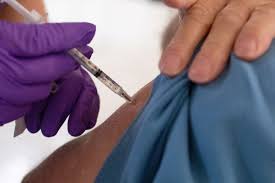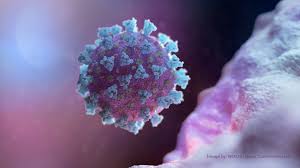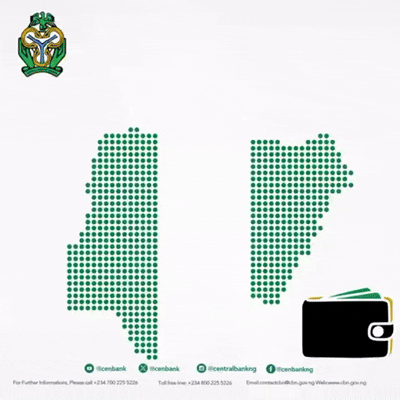The Nigeria Centre for Disease Control (NCDC) has reported 29 new COVID-19 infections recorded across five states of Nigeria and the Federal Capital Territory (FCT).
This is coming as the World Health Organisation (WHO) has advised all the countries to continue to adhere to COVID-19 protocol on the use of facemasks by the public, irrespective of the local epidemiological situation.
NCDC in an update released at the weekend, noted that the latest report represented cumulative data for cases recorded in one week, from January 7 to 13.
As of January 10, Nigeria had tested 5,708,974 samples and discharged 259,850 patients, according to the NCDC Director-General, Ifedayo Adetifa, who confirmed at a press conference in Abuja that the centre was on red alert ,following the global concerns about new strains of the pandemic.
The disease control centre reported that countries such as China, the United States of America (USA), the United Kingdom (UK), South Africa and India, were battling with the rise in Omicron SARS-CoV-2 variant and its lineages, which dominated recorded infections worldwide.
NCDC, however, said the sub-lineages partly responsible for the current increase in COVID-19 cases in these countries (XBB.1.5 and BF.7) had not yet been detected in Nigeria, noting that “the B.5.2.1 has been seen since July 2022 and the others are most likely here already.”
It further noted that since the detection of the Omicron variant in December 2021, its sub-lineage (BQ.1/BQ.1.1) has dominant in Nigeria, but “none of these dominant sub-lineages in Nigeria that are also circulating elsewhere has been associated with any increases in case numbers, admissions, or deaths locally.”
The breakdown of the NCDC data shows that Lagos State, the epicentre of the disease in the country, topped with 15 infections, followed by the FCT and Kwara State with five and four cases, respectively. While Nasarawa State recorded three infections, Kaduna and Plateau states recorded one case each.
Meanwhile, WHO has advised all the countries to continue to adhere to COVID-19 protocol on the use of facemasks by the public irrespective of the local epidemiological situation.
WHO said the guidelines on mask wearing were for community settings, COVID-19 treatments, and clinical management. “WHO continues to recommend the use of masks by the public in specific situations, and this update recommends their use irrespective of the local epidemiological situation, given the current spread of the COVID-19 globally.
“Masks are recommended following a recent exposure to COVID-19, when someone has or suspects they have COVID-19, when someone is at high-risk of severe COVID-19, and for anyone in a crowded, enclosed, or poorly ventilated space. Previously, WHO recommendations were based on the epidemiological situation,” it stated.
In previous recommendations, WHO had advised on instances when a mask may be suggested based on a risk assessment.It said that factors to be considered include the local epidemiological trends or rising hospitalisation levels, levels of vaccination coverage and immunity in the community, and the setting people find themselves in.
Also READ:Dollarisation Of Economy Impeding Effective Implementation Of CBN’s Cashless Policy, Vote Buying, Says Falana
WHO also gave guidelines on reduced isolation period for COVID-19 patientsIt advised that a COVID-19 patient could be discharged from isolation early if they test negative on an antigen-based rapid test.“Without testing, for patients with symptoms, the new guidelines suggest 10 days of isolation from the date of symptom onset. Previously, WHO advised that patients be discharged 10 days after symptom onset, plus at least three additional days since their symptoms had resolved.
“For those who test positive for COVID-19 but do not have any signs or symptoms, WHO now suggests 5 days of isolation in the absence of testing, compared to 10 days previously.
“Isolation of people with COVID-19 is an important step in preventing others from being infected. This can be done at home or at a dedicated facility, such as a hospital or clinic,” it said












